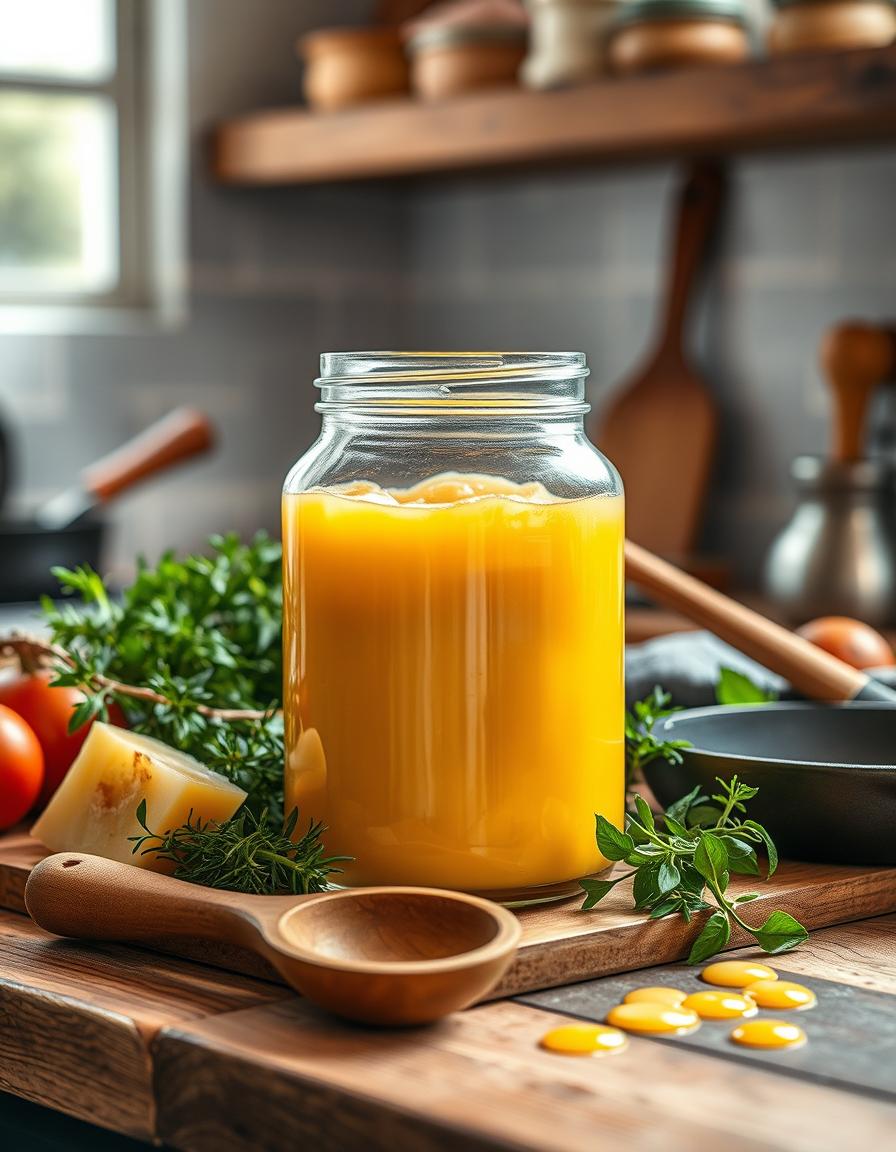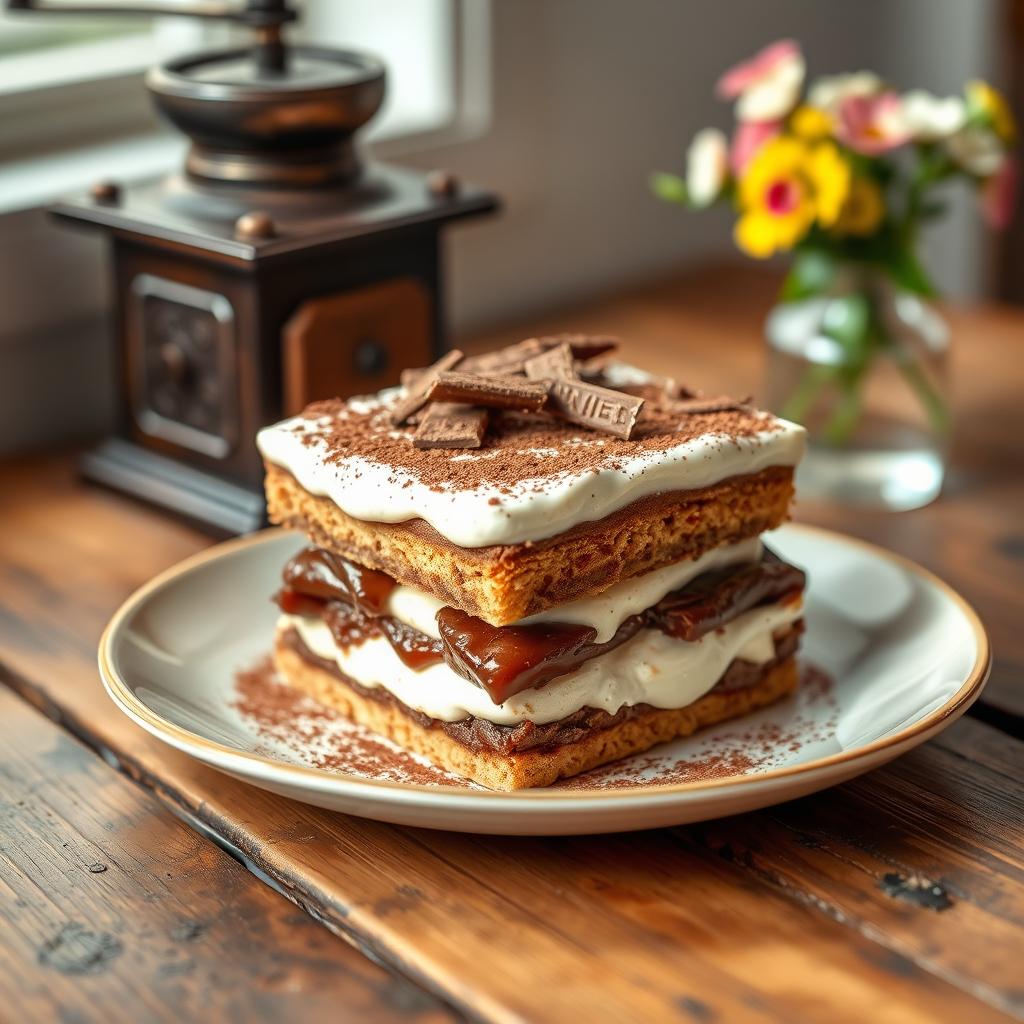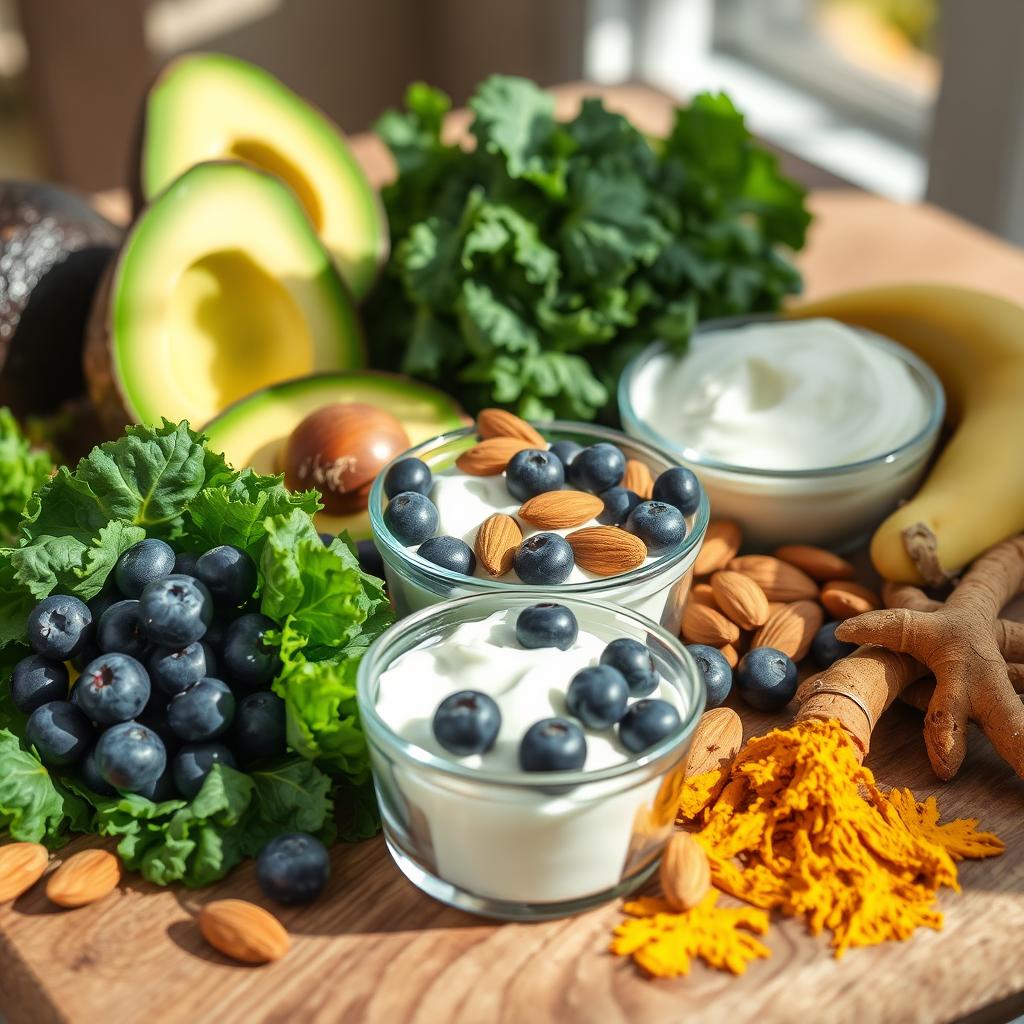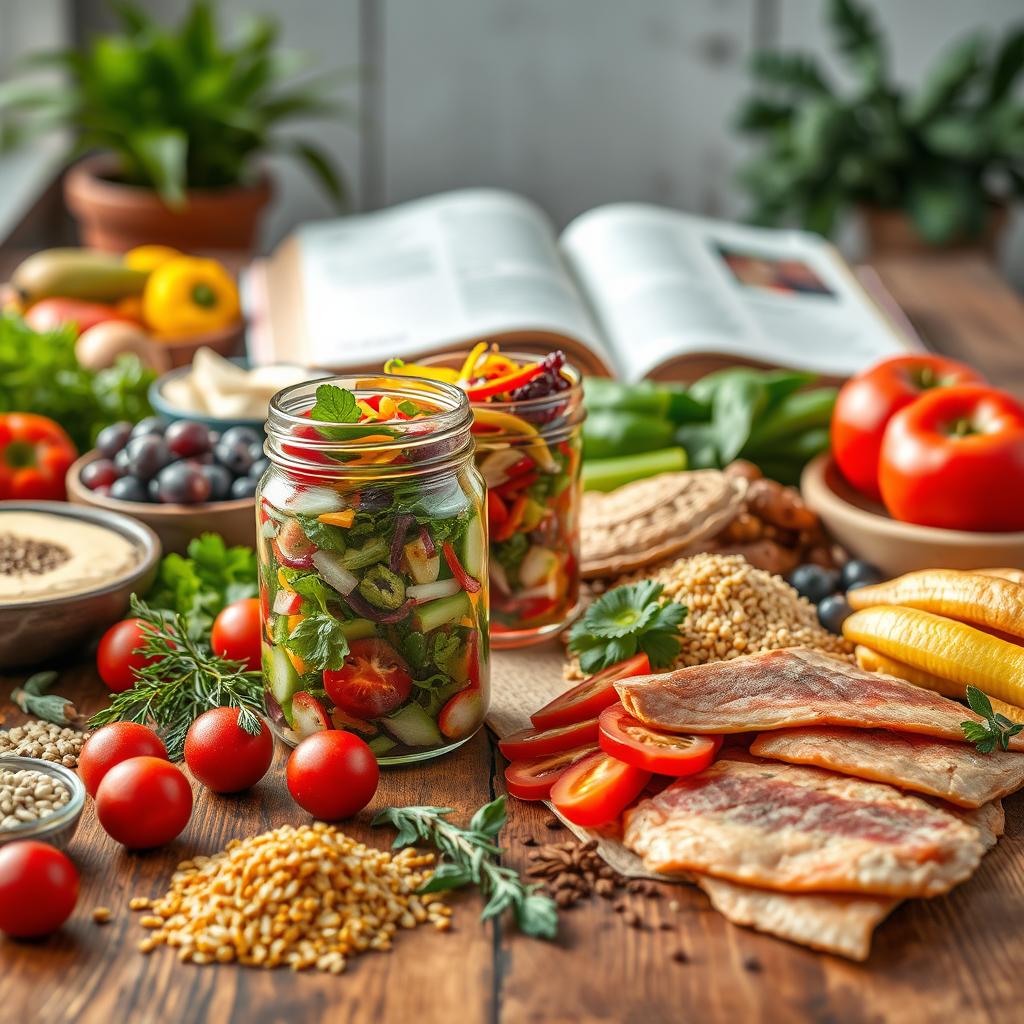Beef tallow for cooking has been making a strong comeback in kitchens around the globe. Once considered old-fashioned or unhealthy, this animal fat is now praised for its rich flavor, high smoke point, and impressive nutritional profile. Whether you’re frying, roasting, or sautéing, beef tallow offers a unique touch to your dishes, bringing out depth and warmth that few other fats can match. This article will explore how to use beef tallow in your cooking, its benefits, and some handy flavor tips to elevate your meals.
What Is Beef Tallow?
Beef tallow is rendered beef fat, usually taken from around the kidneys and other fatty areas of cattle. When heated, the solid fat melts into a clear, golden oil that can be strained and stored for later use. Unlike butter or vegetable oils, tallow has a firm texture at room temperature and a pleasant, mild beefy aroma that adds character to food.
How Is It Made?
Rendering beef fat is quite straightforward: beef suet or fat trimmings are slowly cooked over low heat until the fat liquefies. The liquid is then strained to remove solids, cooled, and stored in jars or containers. This process ensures a clean, shelf-stable product that can last for months if refrigerated or even longer if frozen.
Uses of Beef Tallow for Cooking
Beef tallow is incredibly versatile in the kitchen. Thanks to its high smoke point (about 400°F or 204°C), it’s ideal for frying and searing. Here are some popular ways to use it:
- Deep frying: French fries and other fried foods crisp up beautifully in beef tallow, delivering a golden, crunchy bite that’s hard to beat.
- Sautéing and pan-frying: Vegetables, steaks, or chicken cooked in beef tallow develop a rich flavor and luscious texture.
- Roasting: Toss your root vegetables or potatoes in beef tallow before roasting to get a caramelized finish.
- Baking: Substitute beef tallow for butter or shortening in savory pie crusts or biscuits for a flaky, savory result.
- Greasing pans: Use it to coat cast iron skillets or pans for a natural non-stick surface that builds seasoning over time.
Cooking Tips with Beef Tallow
- Heat beef tallow gently to avoid burning; it’s less prone to smoking than butter but still benefits from moderate heat.
- Store tallow in an airtight container to keep it fresh and prevent it from absorbing other odors.
- Use a small amount to enhance dishes — a little goes a long way in flavor and cooking performance.
- Try combining beef tallow with herbs or garlic during cooking for a flavor boost.
Benefits of Using Beef Tallow
Many people shy away from animal fats due to health concerns, but beef tallow has some surprising advantages when used properly.
Nutritional Profile
| Nutrient | Amount per 1 Tbsp (12g) |
|---|---|
| Calories | 115 |
| Total Fat | 13g |
| Saturated Fat | 6g |
| Monounsaturated Fat | 5g |
| Vitamin E | Small amount |
Beef tallow is high in saturated and monounsaturated fats, which can help maintain healthy cholesterol levels when eaten in moderation. It also contains fat-soluble vitamins like vitamin E, which supports skin health and immune function. Since it’s a natural fat with no processing or additives, beef tallow can be a healthier alternative to some highly processed vegetable oils.
Cooking Advantages
- High smoke point: Ideal for high-heat cooking without breaking down into harmful compounds.
- Stable fat: Resistant to oxidation, meaning it lasts longer and creates fewer free radicals.
- Flavor enhancer: Adds a mild, meaty flavor that can improve the taste of many dishes.
Flavor Tips for Cooking with Beef Tallow
Beef tallow’s rich, slightly beefy flavor can be a star player or a subtle background note depending on how you use it. Here are ways to make sure your dishes shine:
Pairing Suggestions
| Food | Why It Works | How to Use |
|---|---|---|
| Potatoes | Beef tallow enhances their earthiness and crispy texture | Roast or fry with a few tablespoons of tallow |
| Vegetables (carrots, Brussels sprouts) | Provides a savory depth that balances natural sweetness | Sauté or roast tossed in beef tallow |
| Steak or beef dishes | Boosts umami and tenderizes meat slightly | Use tallow to sear steaks or brush on before grilling |
| Biscuits and pie crusts | Adds flakiness and a subtle savory note | Replace butter or shortening with beef tallow |
Flavor Boosters
- Add fresh herbs like rosemary, thyme, or sage into melted tallow while cooking for an aromatic touch.
- Infuse beef tallow with garlic cloves during rendering for a hint of garlicky richness.
- Finish dishes with a small spoonful of beef tallow for extra shine and flavor depth.
If you’re curious about cooking with cast iron or enameled cookware, using beef tallow for cooking in a le creuset dutch oven is a wonderful way to combine tradition and taste. The tallow complements the even heat distribution of the dutch oven perfectly.
Conclusion
Beef tallow for cooking offers a delicious and practical fat option that has survived centuries for good reasons. Its high smoke point, distinctive flavor, and nutritional qualities make it a valuable addition to any kitchen. Whether you’re frying crispy fries, roasting vegetables, or baking savory biscuits, beef tallow can transform your dishes with its unique richness. Plus, it pairs beautifully with a variety of flavors and cooking styles, giving your meals a comforting, homemade feel. So next time you want to try something a little different, give beef tallow a chance—you might just find it becoming your new favorite cooking fat.





